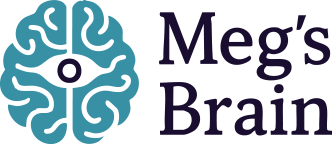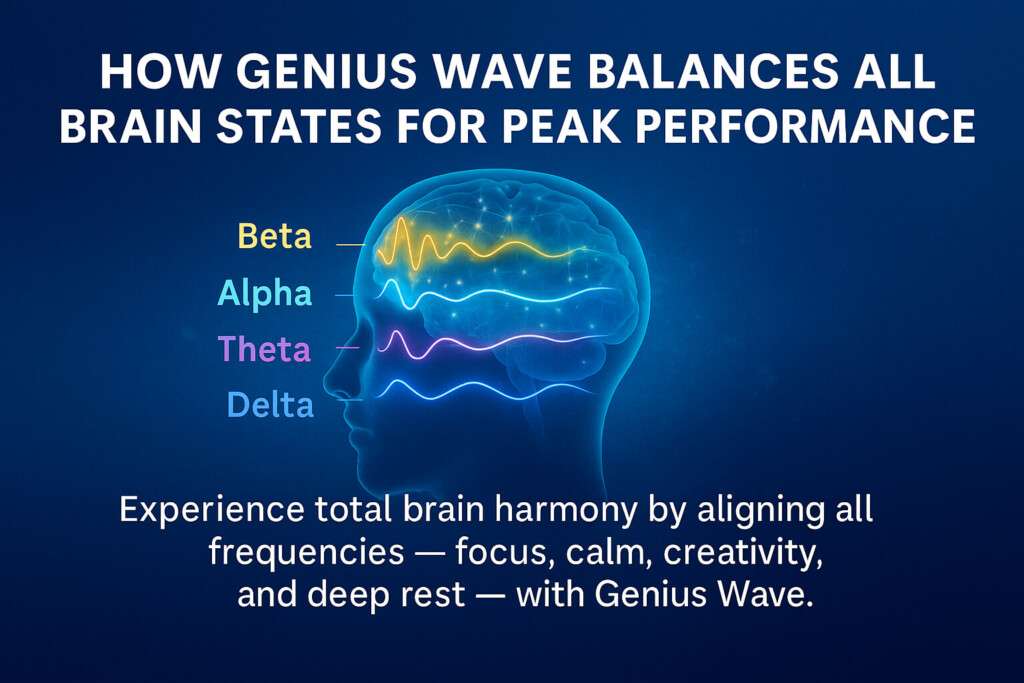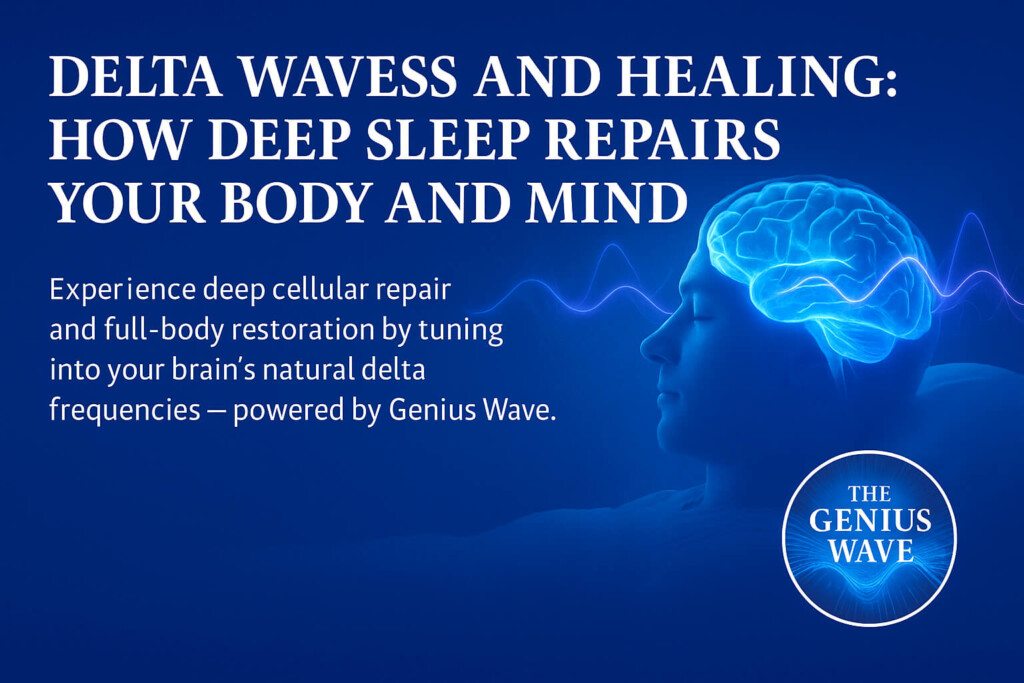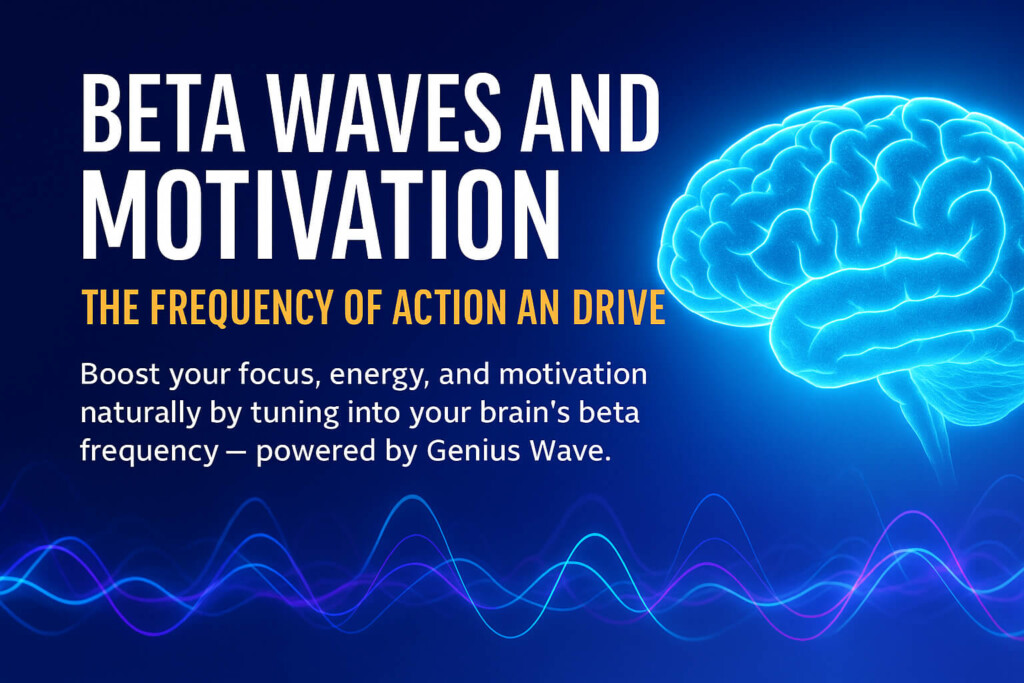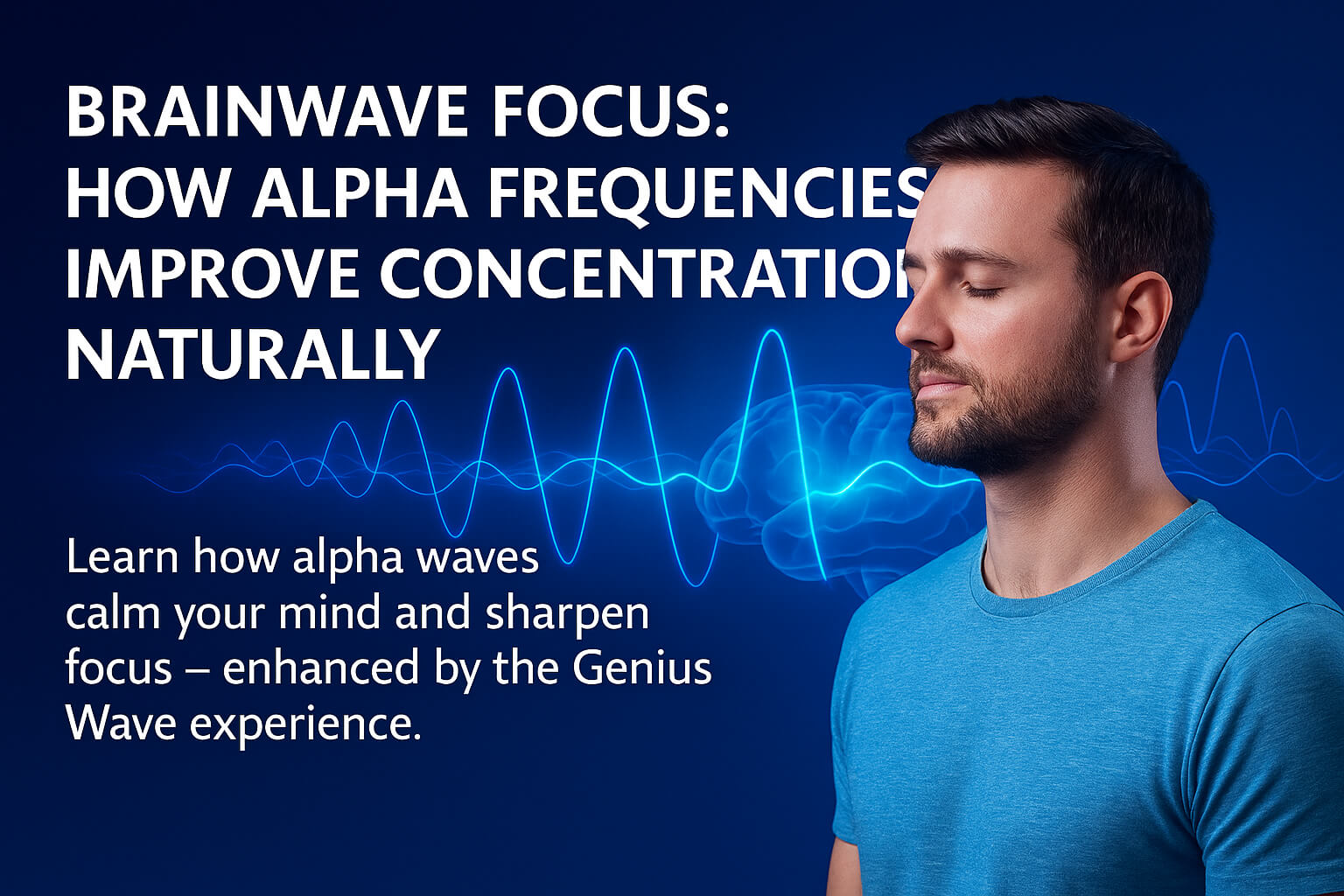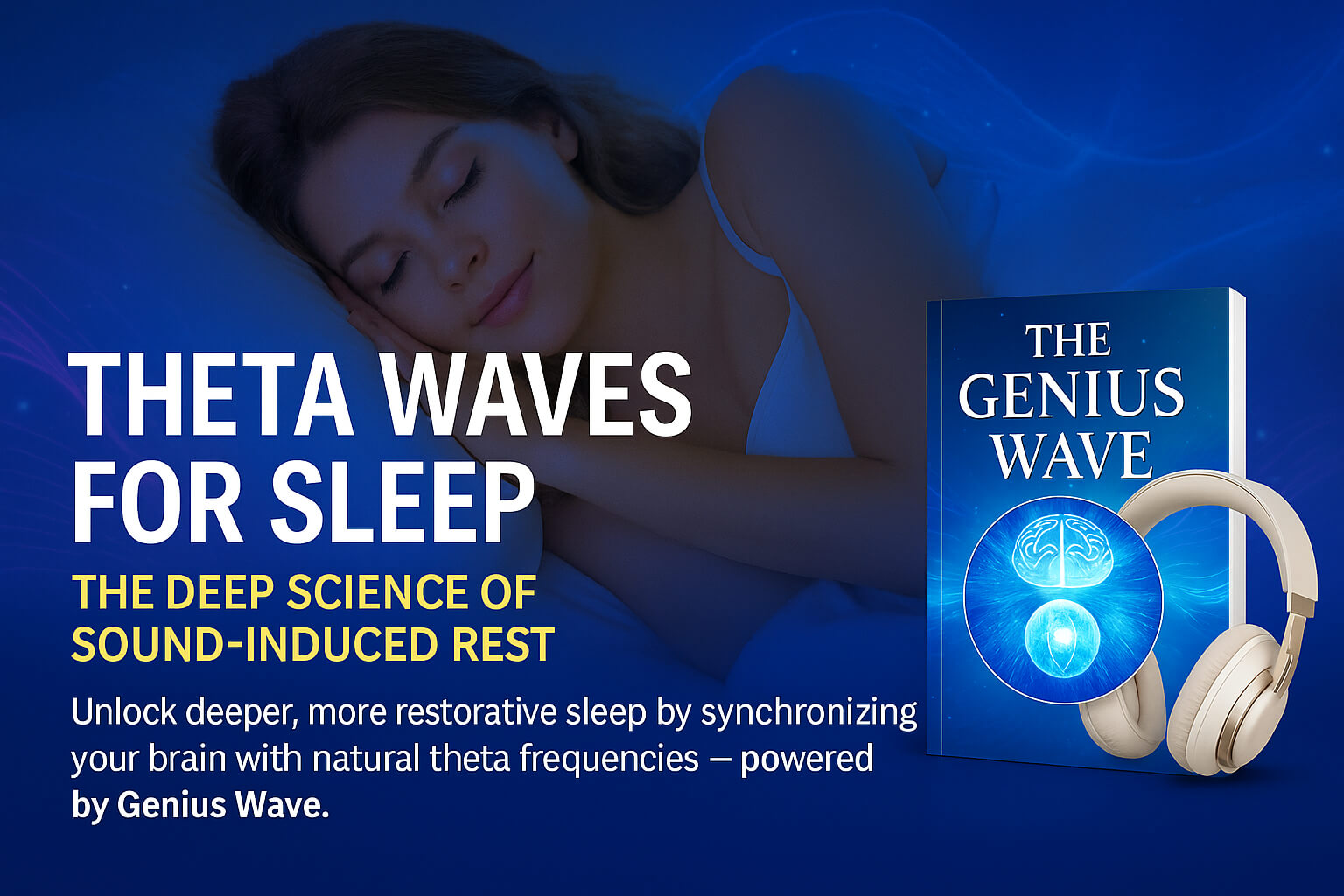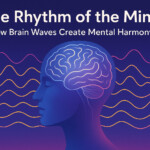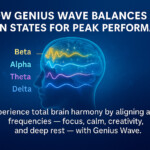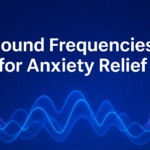Now Reading: Binaural Beats vs Isochronic Tones for Focus: What Works Best?
- 01
Binaural Beats vs Isochronic Tones for Focus: What Works Best?
Binaural Beats vs Isochronic Tones for Focus: What Works Best?
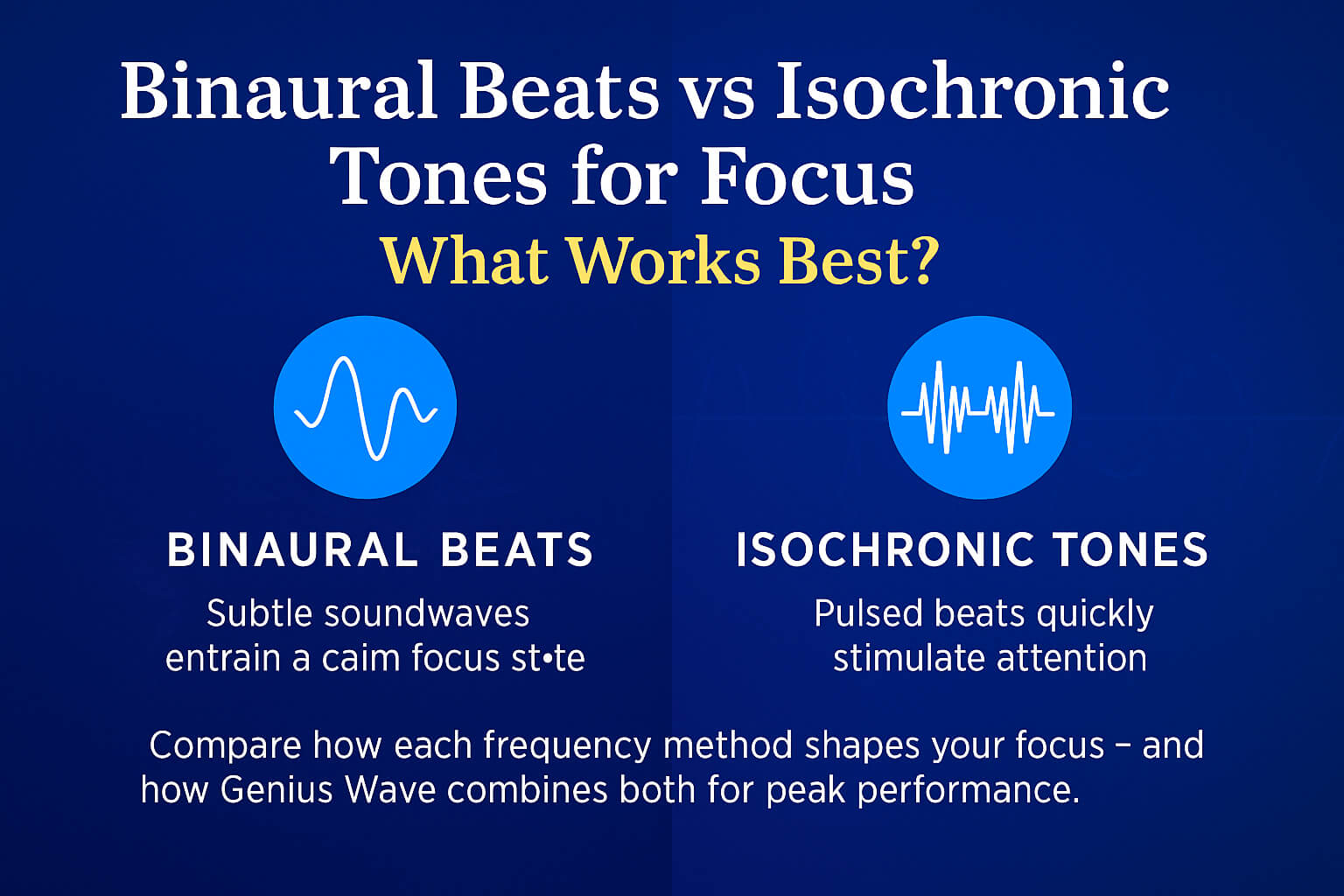
Introduction
In a world full of distractions, focus feels like a superpower. Many turn to sound-based brain training — binaural beats and isochronic tones — to help sharpen concentration and boost mental energy.
But which one truly works best for focus and cognitive performance?
Let’s explore the science, the differences, and how the Genius Wave audio system uses both to create a perfectly tuned focus state in minutes.
Understanding Binaural Beats
Binaural beats occur when two slightly different frequencies are played in each ear.
Your brain perceives a third “phantom” frequency — the difference between the two — and synchronizes with it.
For example:
Left ear: 200 Hz
Right ear: 210 Hz
Brain perceives: 10 Hz (Alpha frequency range)
This entrains your brain to that rhythm, encouraging mental states like:
Alpha (8–12 Hz): calm focus
Beta (13–30 Hz): alert attention
Theta (4–7 Hz): deep creativity
Binaural beats are subtle but effective when used with headphones. They’re ideal for studying, writing, and task-oriented focus.
What Are Isochronic Tones?
Isochronic tones are single tones pulsed on and off at specific intervals — no headphones required.
They’re more direct, mechanical, and produce stronger entrainment effects because of their clear rhythmic pulses.
Studies suggest isochronic tones:
Increase concentration faster than binaural beats
Improve attention span and reaction time
Work even in open environments
However, some users find them too intense or less relaxing than binaural beats.
The Key Difference
| Feature | Binaural Beats | Isochronic Tones |
|---|---|---|
| Delivery | Requires headphones | Works without headphones |
| Sound Type | Smooth frequency blending | Sharp rhythmic pulses |
| Effect | Subtle, immersive, relaxing | Strong, fast stimulation |
| Best For | Deep focus and calm flow | Rapid alertness and energy boost |
While binaural beats offer a gentle focus, isochronic tones provide immediate stimulation — making them ideal for short-term mental tasks.
How Genius Wave Combines Both
Most sound programs pick one or the other — but Genius Wave integrates the benefits of both.
Its dual-layer entrainment system blends soft binaural alpha tones with subtle isochronic pulses to achieve:
Smooth mental flow
Sustained focus for longer sessions
Reduced mental fatigue
👉 Experience Genius Wave’s hybrid design and train your mind to enter deep focus effortlessly.
The Verdict
If you need steady, calm focus, binaural beats are your ally.
If you want quick mental activation, isochronic tones do the job.
But for the best of both worlds, Genius Wave creates a synchronized blend that helps your brain reach the optimal focus frequency without effort.
Conclusion
Sound can be your secret productivity tool. By understanding how binaural beats and isochronic tones shape brain activity, you can take control of your mental performance.
And when used through the Genius Wave’s precise frequency calibration, that focus becomes natural, calm, and sustainable.
